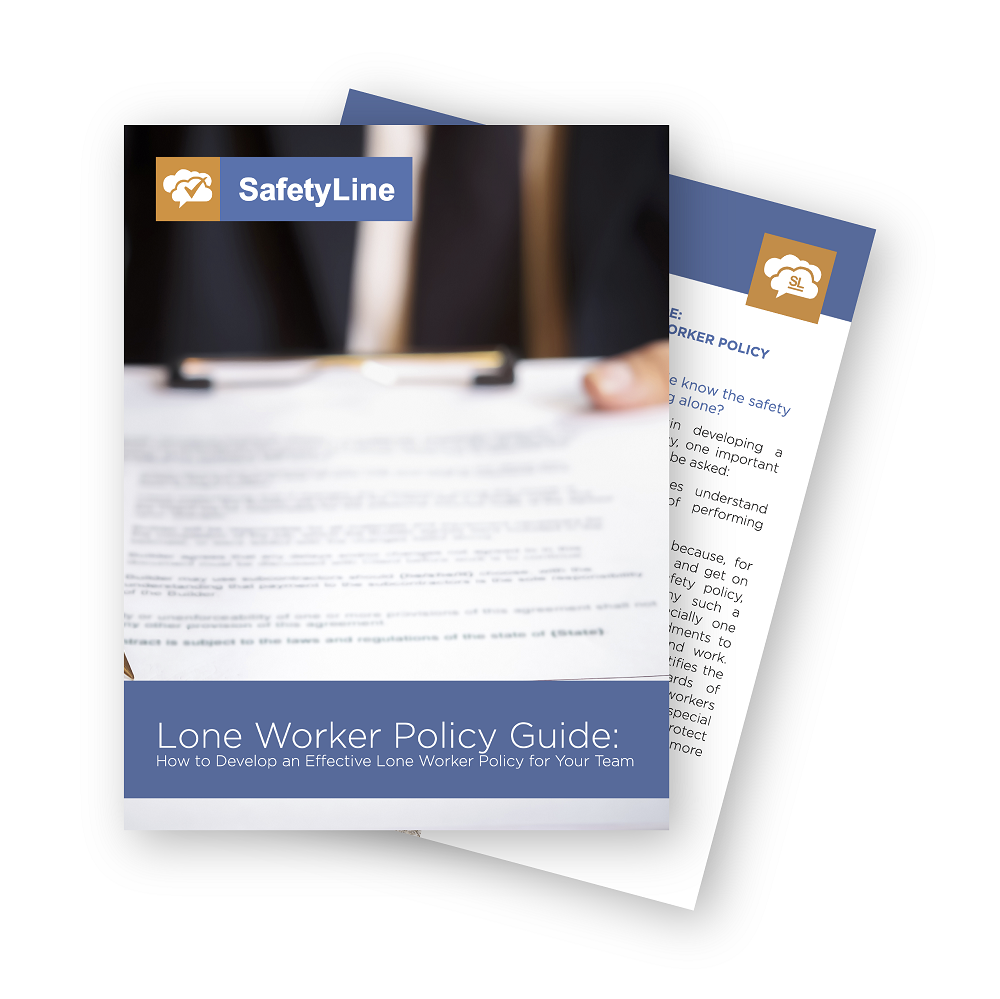Featured Resources
Lone Worker Policy Guide and Template
A lone worker policy is an effective way to ensure that your lone workers are well-educated on your company’s work-alone rules and have extensive knowledge of all workplace hazards that could be encountered on the job.
Hazard Assessment Guide
In the process of doing a hazard assessment for your workplace, it is almost a certainty you’ll learn information about the operational aspects of your organization you were unaware of before the assessment.
View eBook
Develop a Free Lone Worker Program for Small Teams
Developing a free lone worker check-in system is a simple process for small teams that any organization can implement.
View eBook
SafetyLine Blog Categories
General Safety | Lone Worker Safety | SafetyLine News and Updates | SafetyLine Product Updates | Compliance, Policy, and Regulations | Downloadable Resources |
Rising Temperatures Bring Increased Heat Stress to Lone Workers
When exposed to extreme heat, people become at risk for either heat exhaustion, heat rashes, or heat stroke. The effects of heat stress can vary from mild to life-threatening, which is why noticing symptoms and treating them early can be crucial to saving a life.
Lone Worker Risks in the Canadian Forestry Sector
When it comes to our Canadian economy, the forestry industry provides a substantial source of wealth for the country. Our forestry trade balance (the difference between what we import and what we export to international partners) accounts for $19.8 billion of Canada’s GDP, according to the Government of Canada. This is equivalent to about 2% and represents the most substantial forest product trade balance in the world. We have held this position for years, and the gap between Canada and Sweden (the second-largest net trader) has been steadily increasing since 2009.
6 Ways to Prevent Electrical Accidents When Working Alone
Does your job entail you to work with electrical equipment? Then you would understand the importance of practicing electrical safety. When you are working alone, you have to be extra careful so that you don’t find yourself in an electrical emergency. Here are 6 things to follow for electrical safety if you are working alone.
Traditional vs Automated Work Alone Solutions
Many organizations implement safety monitoring systems for employees working alone. Unfortunately, the vast majority of systems may not be compliant with legislation and can be a wasteful drain on resources. In this article, we look at the differences between traditional and automated work-alone monitoring solutions.







